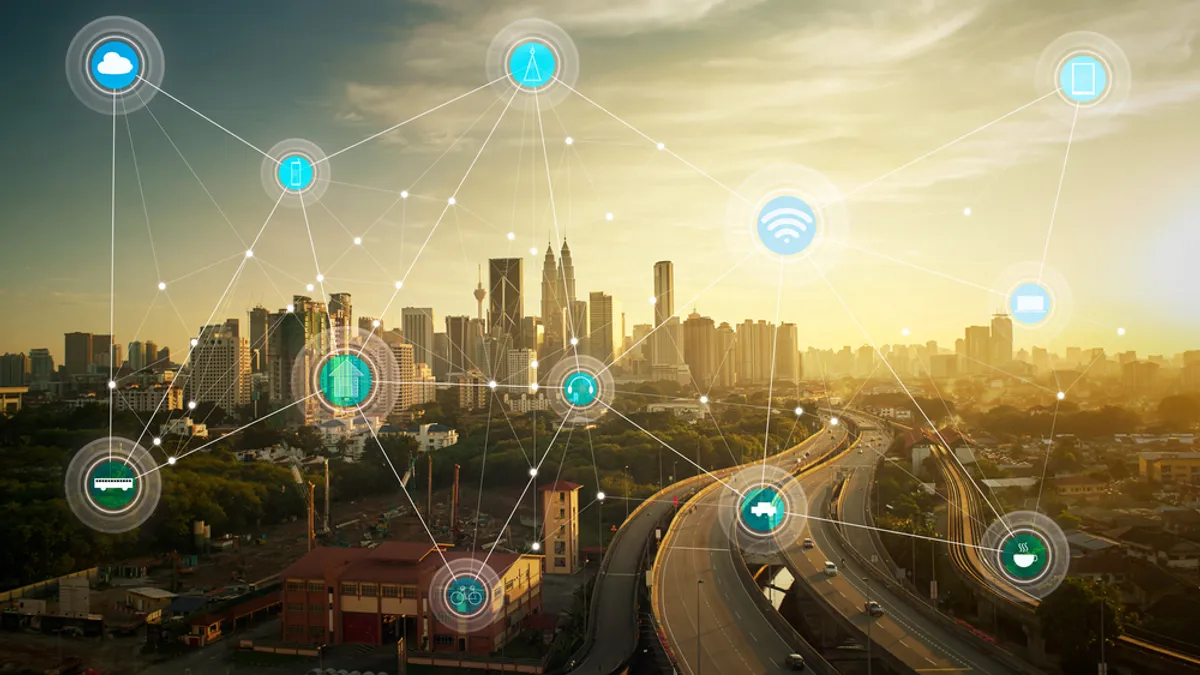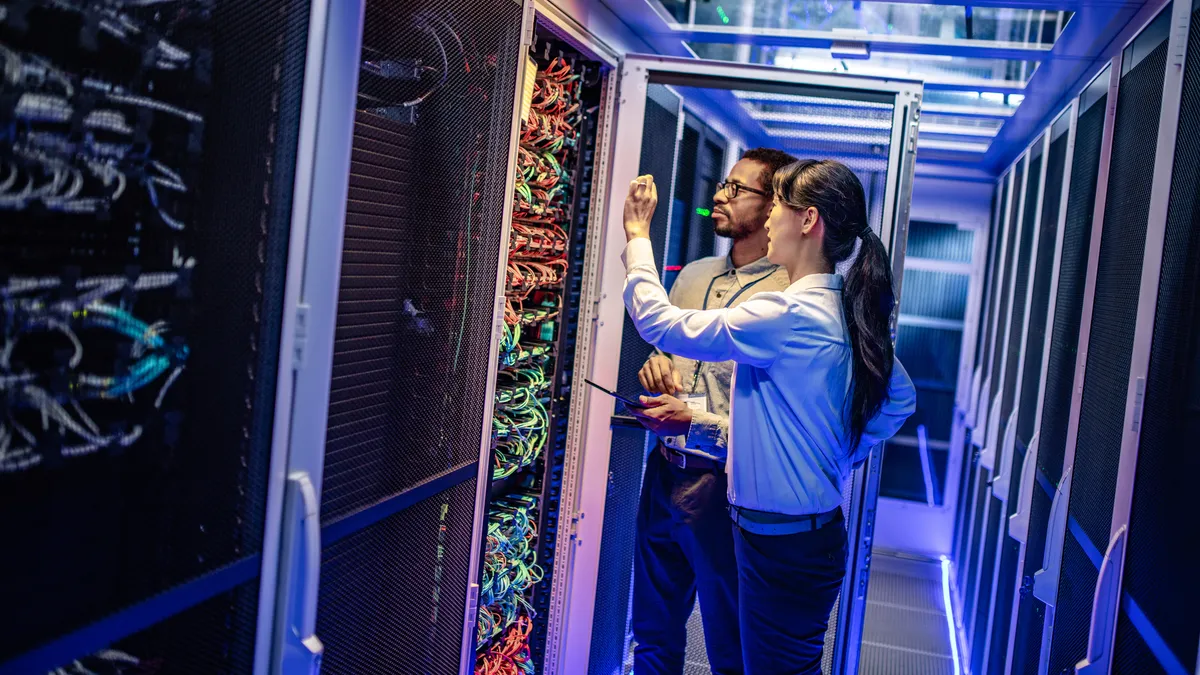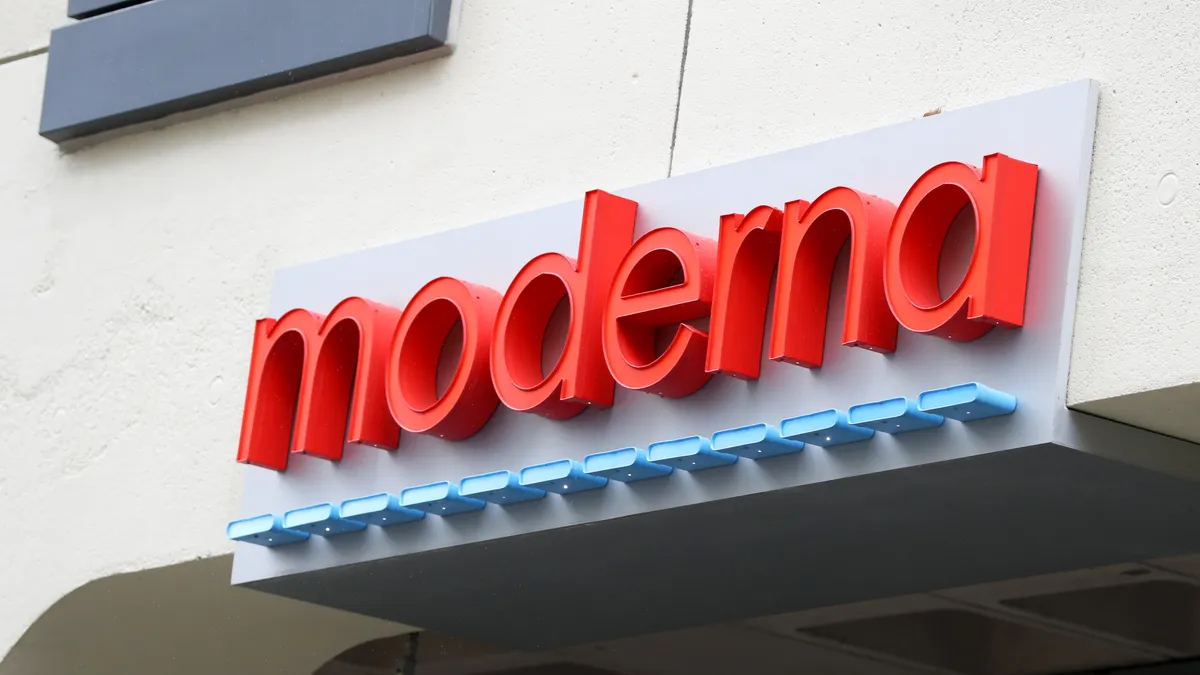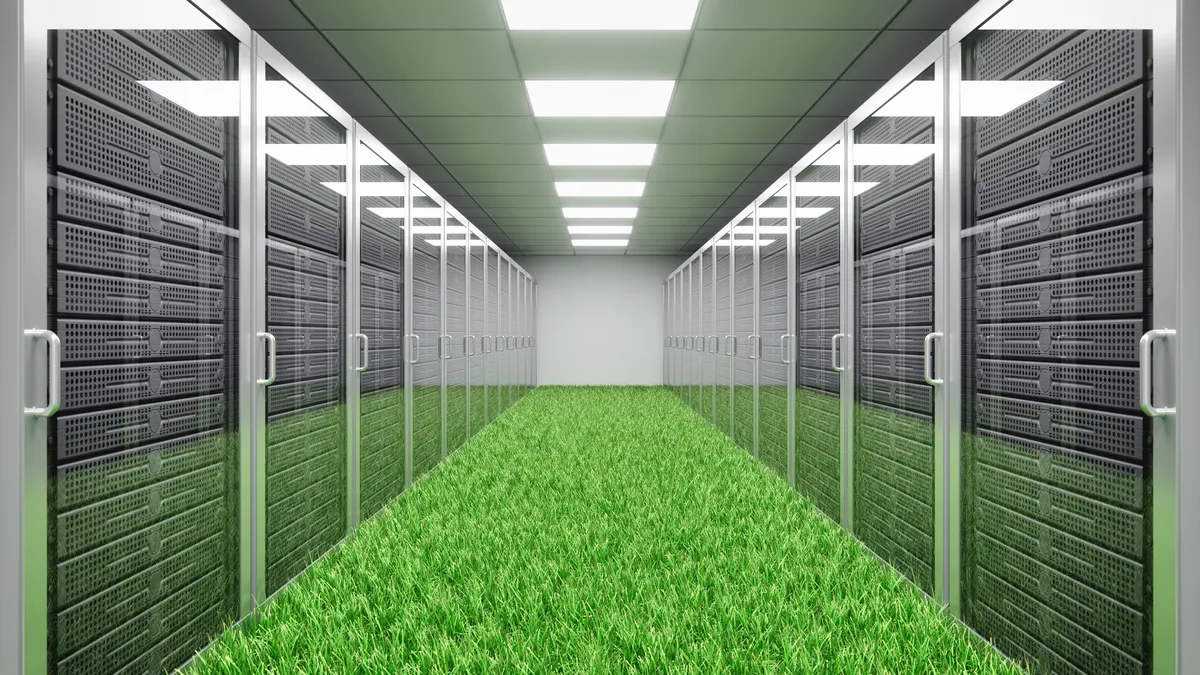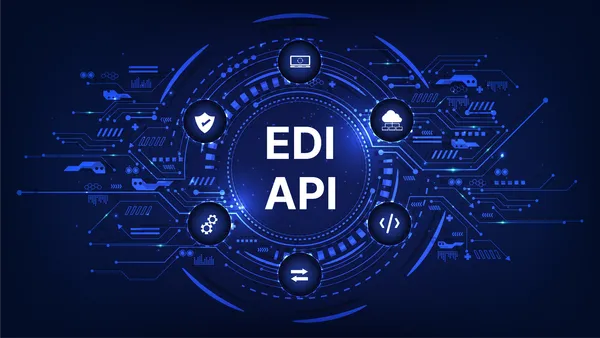This is an updated version of a guest article, which was published on March 19. The following is a guest article from Maciej Kranz, VP of Cisco Systems' Strategic Innovation Group.
The Internet of Things (IoT) has been growing rapidly over the past few years in both the consumer and business sectors. Advisory firm PwC estimates that consumer spending on IoT solutions will rise from just $72 billion in 2015 to more than $236 billion in 2020, and business investments in IoT solutions will grow from $215 billion in 2015 to a staggering $832 billion in 2020.
However, many misconceptions remain around what benefits these technologies can deliver and how best to implement them. Buying into these misconceptions can easily derail a business’ IoT initiatives or cause them to focus too much on short-term impact (such as creating operational efficiencies).
With this short-sightedness, companies are missing out on the truly transformational power of IoT: its ability to create entirely new business models, markets and value propositions.
To separate hype from reality, and to ensure that businesses are able to tap into the IoT’s full potential, I’ve identified the five misconceptions I hear most often, and have separated IoT fact from IoT fiction.
1. Fiction: IoT is all about connecting devices.
Fact: The real value of the IoT is about data.
Simply connecting as many "things" as possible to the IoT is a recipe for failure if you do not have a way to capture and analyze the data they generate.
Yes, connected devices and sensors form the foundation of the IoT, but the value comes from the real-time or near real-time streams of data they produce. By capturing and analyzing this data, businesses can gain actionable insights and make better decisions.
For example, after Harley-Davidson made one of its factories fully IoT-enabled and consolidated data islands, the organization was able to make faster decisions, enable continuous asset management and dramatically reduce costs.
Build-to-order cycle times were reduced from an average of 18 months to just two weeks and there was a nearly 7% increase in production throughput due to asset tagging. This led to a profitability increase between 3-4%. And that was just one factory — the company is now on the path to make all its factories fully IoT enabled.
2. Fiction: Consumer devices are the biggest IoT market.
Fact: To date, most IoT value and opportunity are in the business and industrial sectors.
Connected refrigerators, thermostats and household appliances are often what people think of when they hear the phrase "Internet of Things," but the greatest adoption and largest opportunity for the IoT so far has been in the business world.
Consider, for example, the global mining company Rio Tinto, which owns the largest fleet of giant autonomous trucks in the world. The trucks work in huge, open-pit mines which are miles away from the nearest place the trucks can be serviced if they breakdown or need a repair.
In fact, just getting a damaged truck out of the pit requires another, equally costly truck; and the longer the truck is out of service while waiting to be fixed, the more expensive the problem becomes for Rio Tinto.
Fortunately, by using IoT sensors to monitor the condition of all its trucks, the company has enabled preventative maintenance to address issues before they become major problems. Rio Tinto now saves up to $2 million per day every time it avoids a breakdown.
3. Fiction: The IoT by itself is transformational.
Fact: To deliver the most transformational change and long-lasting impact, the IoT must be combined with other technologies such as AI/ML, blockchain and fog computing.
IoT by itself is not truly transformational. To be sure, connecting devices and generating data can help organizations automate existing processes and achieve operational efficiencies.
But the truly disruptive and transformational potential of the IoT is revealed when it converges with other up-and-coming technologies — specifically, artificial intelligence (AI)/machine learning (ML), fog computing and blockchain.
The convergence of these technologies will help overcome some of the existing barriers that are hindering IoT adoption, such security, cost, complexity and speed. For instance, AI/ML provides a deeper analysis of real-time IoT data streams to drive better decision-making.
Fog computing makes IoT data available on the edge of the network to solve latency, bandwidth and reliability challenges. Blockchain enables secure, audit-level transactions, without the need for a centralized intermediary between communicating devices.
As an example of what can be achieved when these technologies converge, consider an autonomous car. Traditional data analytics, compute, security and networking solutions aren’t powerful or intelligent enough to safely drive an autonomous vehicle through an unpredictable environment.
However, distributed and increasingly cost-effective AI engines are now being connected via high-speed deterministic networks inside and outside the vehicle. This enables the vehicle to make decisions based on the massive amounts of high integrity streaming data made immutable by blockchain and processed by fog nodes.
As a result of these technologies converging, autonomous vehicles can quickly, dynamically and safely navigate the roads with little to no human assistance.
4. Fiction: IoT is a single market.
Fact: IoT comprises many markets, each with unique environments, legacy technologies, requirements and ecosystems.
When the internet first became widespread, technology companies focused on developing solutions for IT, service providers and consumers.
However, this approach alone won’t work when it comes to the IoT. That’s because the IoT is a collection of markets, sub-markets and ecosystems where "Lines of Business," which are the primary IoT buying centers, want business solutions, not individual technologies or products.
Therefore, the integration of horizontal, vertical and regional capabilities is critical when developing an IoT solution. Technology providers must either develop highly-targeted, horizontal capabilities and integrate them with vertical and regional ecosystems; or, they can focus on one or two use cases in a specific market.
A great example can be seen in an IoT-enabled disaster management solution piloted in Glasgow, Scotland. The system collects and visualizes data from first responders like ambulances, fire engines, volunteer networks and more to provide a real-time view of everything happening on the ground during an emergency.
Building the solution required the work of horizontal, vertical and geographic specialists. Cisco and Bronze Labs (horizontal technology providers) delivered the IT infrastructure, collaboration, security and IoT software elements. Vertical specialist Leonardo provided high-tech aerospace and defense know-how, and the regional experts at Scottish Water and Glasgow City Council ensured a smooth, hyperlocal deployment.
Working interdependently, an ecosystem of horizontal, vertical and geographic specialists can more easily scale technologies and solutions to meet organizations’ specific needs no matter where in the world they are located.
5. Fiction: IoT will never be secure.
Fact: IoT can be secure and safe.
Examples of poor security in IoT devices, especially consumer IoT devices, are in the headlines all too often. From consumer complaints that Alexa voice assistants have been randomly emitting creepy laughter, to recent findings that the average IoT device bought in a store can be hacked within 30 minutes and added to a botnet, it’s no wonder people are concerned about IoT security.
Fortunately, security vendors, enterprises, startups and device makers are beginning to place a higher priority on IoT security.
Businesses are moving from "security by obscurity" to comprehensive policy-based security architectures. At the same time, horizontal and vertical standards bodies are actively developing IoT security frameworks, standards and methodologies to ensure the safety of connected devices and IoT systems.
We even see governments playing a role, such as the Federal Trade Commission’s guidelines on how manufacturers must inform customers about device security. In the end it comes down to this: IoT security is everyone’s responsibility. If we take that responsibility seriously, we can make the IoT secure and safe.
The IoT is growing rapidly and has the power to transform both the consumer and business sectors. However, to unleash its full potential, businesses must not fall into the trap of believing these common misconceptions.
Rather, by understanding the value that data provides, combining IoT with other transformational technologies, working with an ecosystem of partners and ensuring security, organizations can experience the tremendous benefits that the IoT is capable of delivering.


